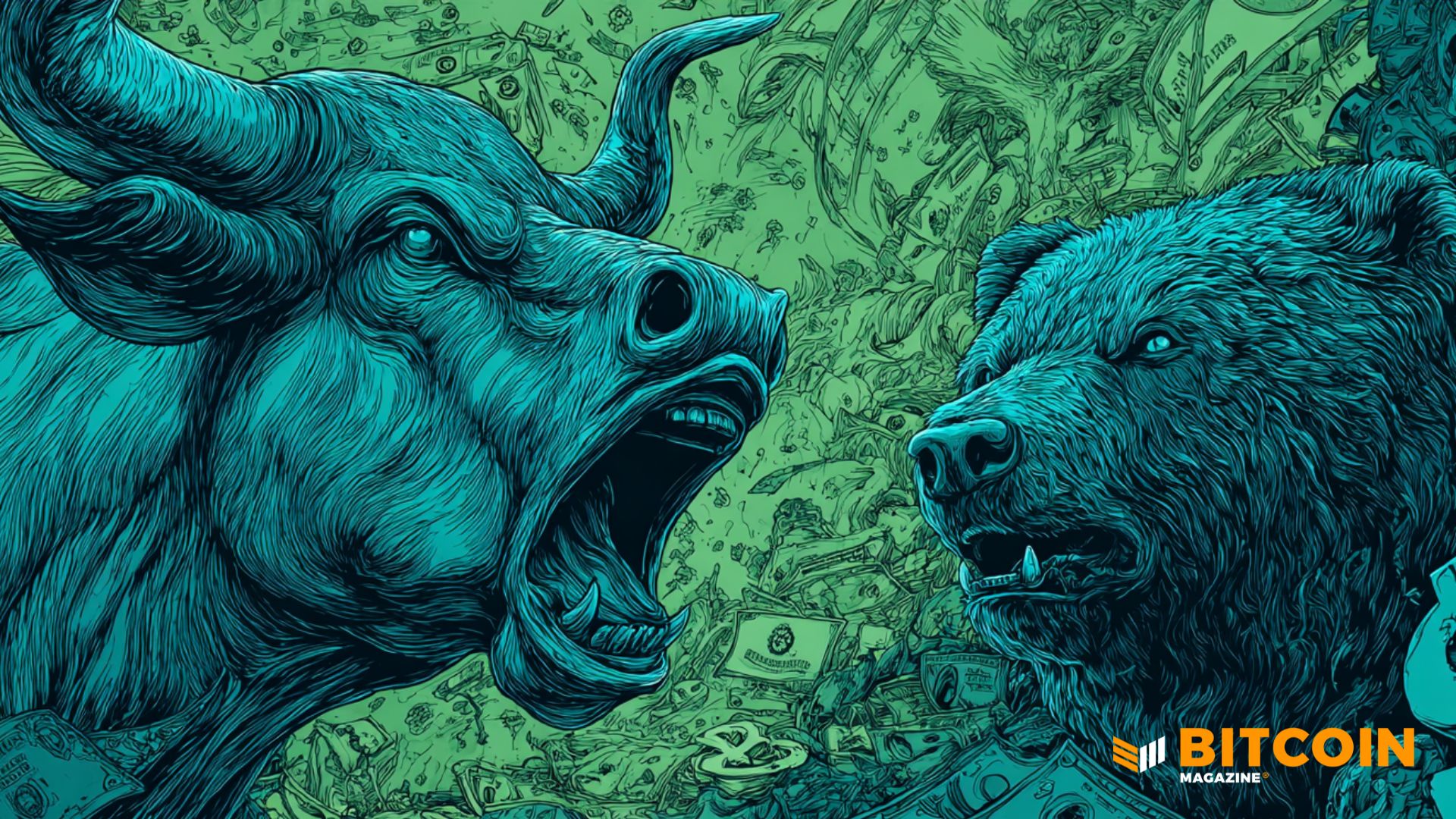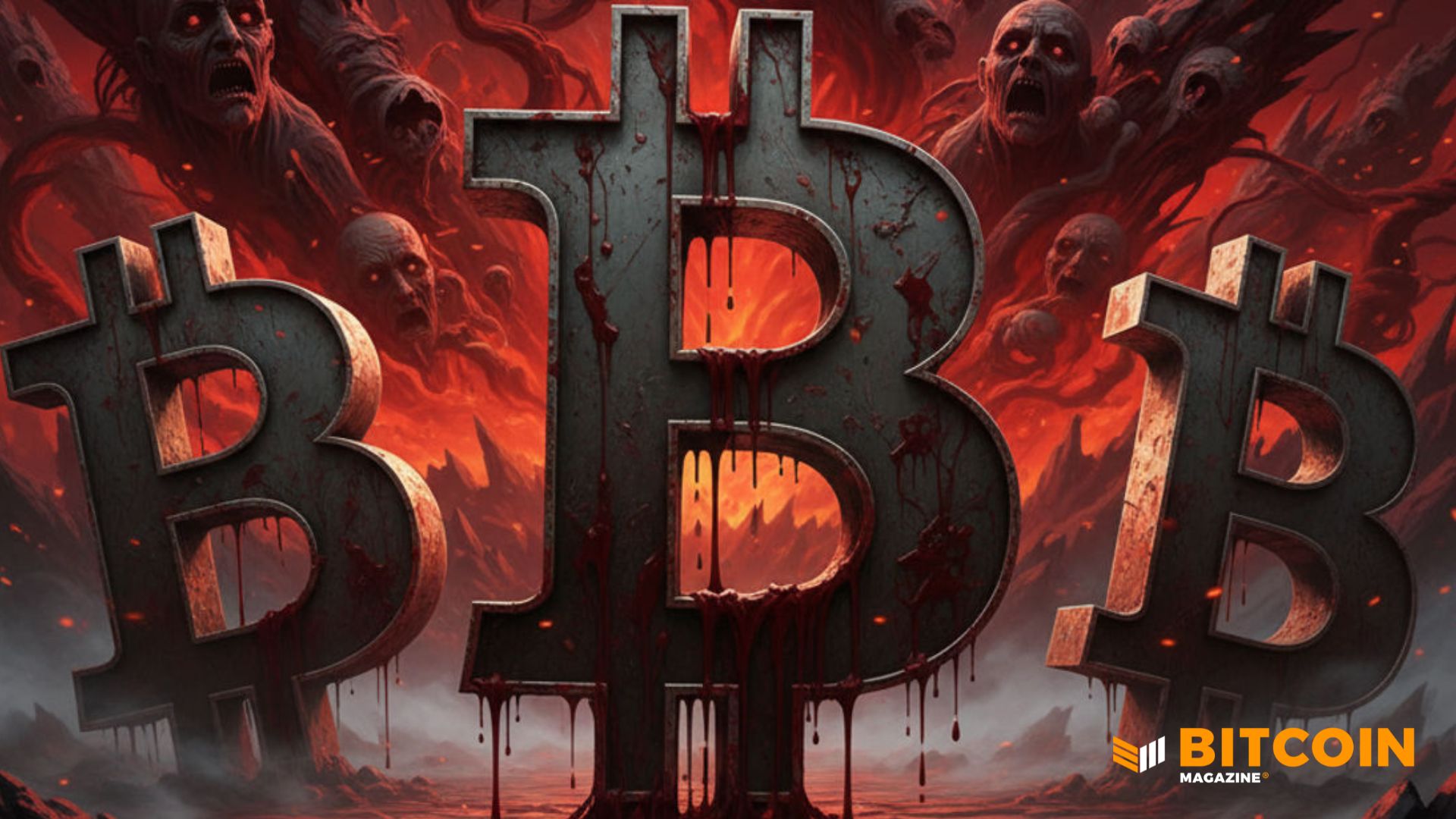Prediction Markets Signal Major Bitcoin Price Shift
Bitcoin price prediction markets are emerging as a valuable tool for assessing real-time sentiment and future price expectations within the cryptocurrency landscape. Platforms such as Polymarket and Kalshi allow traders to place wagers on Bitcoin's future price outcomes, generating aggregated odds that reflect the collective belief of market participants regarding BTC's trajectory. As these markets experience increased trading volumes and dynamic shifts in odds due to volatility, they are steadily gaining credibility as a forward-looking indicator of sentiment for the broader Bitcoin economy.
A key aspect of these markets is the ability to extract actionable insights, often referred to as 'Bitcoin Price Alpha.' For instance, in early October, Polymarket traders initially predicted BTC would close 2025 around $144,000. However, with increased volatility and a subsequent dip in BTC's price, this forecast adjusted downward to approximately $129,000. These real-time updates encapsulate the collective positioning and sentiment of thousands of participants, representing millions of dollars in capital. By continuously tracking the ratio between BTC’s spot price and the predicted year-end price, distinct sentiment trends become apparent. A significant spike in this ratio, indicating the spot price is considerably below the market's forecast, often signals periods of excessive fear or undervaluation. Conversely, when BTC trades close to the predicted price, it can suggest an overheated market nearing local peaks.
To refine this signal, normalizing the data to account for the natural narrowing of prediction volatility as the year progresses provides greater clarity. Historically, the highest percentile of days, characterized by the widest gap between predicted and spot prices, has correlated with market lows. Conversely, the lowest percentile of days, where the gap is narrowest, has aligned with local market highs, offering a contrarian signal for accumulation or reduction of exposure.
While Polymarket frequently cites an impressive 91% accuracy rate, a more in-depth analysis reveals this figure is often inflated by markets with extreme odds, such as highly improbable scenarios like "Bitcoin to hit $250,000 by year-end," which overwhelmingly resolve as 'no'. Excluding these outlier predictions yields a more realistic accuracy rate closer to 71% for BTC-related prediction markets. Although this figure remains notable, it highlights that these markets do not offer predictive certainty.
An interesting comparison arises when examining the standardized ratio of prediction-market expectations against BTC's actual price; this data moves inversely to the widely recognized Fear and Greed Index. When fear predominates the market, the prediction market ratio suggests that traders are undervaluing Bitcoin. Conversely, periods of extreme greed coincide with markets pricing BTC near or even above forecasted levels. This strong overlap indicates that prediction markets, much like other sentiment gauges, are effective in identifying instances where market emotions have swung too far in one direction.
In terms of trading implications, prediction markets alone may not consistently provide a trading edge, as their crowd-based probabilities are efficient but not infallible. However, when integrated with other sentiment indicators like the Fear and Greed Index or on-chain data, they can illuminate asymmetries in market perception. Historically, trading strategies that involve accumulating BTC during periods of extreme fear and reducing exposure during times of market euphoria have demonstrated superior performance compared to a simple buy-and-hold approach. When prediction markets corroborate these periods of widespread fear, the data further strengthens the argument for opportunistic accumulation.
In conclusion, Bitcoin price prediction markets are not infallible crystal balls but rather powerful reflections of the aggregated conviction of thousands of informed participants investing real money. While not perfectly accurate, their probabilities adeptly track human sentiment. When these odds significantly diverge from the spot price, particularly during moments of widespread fear, they can provide a data-driven contrarian signal that warrants careful attention for strategic investment decisions.
You may also like...
Nigeria’s New Mega-Refinery: Economic Hope or Environmental Trouble?

Nigeria is investing heavily in one of Africa’s largest oil refineries to end fuel imports and strengthen its economy. B...
15 Mind-Blowing Facts About the Human Body

15 astonishing facts about the human body that reveal its complexity, precision, and beauty, inviting awe, scientific cu...
What Happens to Your Body If You Consume Excess Salt

Think you don’t eat “too salty”? Most sodium is hidden. Learn what happens inside your body when you consume excess salt...
Super Eagles Face Crucial AFCON 2025 Opener: Tanzania Clash & Referee Controversy

The Super Eagles of Nigeria commence their 2025 AFCON journey against Tanzania on Tuesday, facing internal uncertainties...
Tragedy Strikes: Alexander Isak Suffers Gruesome Leg Fracture, Undergoes Emergency Surgery

Liverpool striker Alexander Isak faces an indefinite period on the sidelines following surgery for a broken ankle and fi...
Hollywood Icons Jack Black and Paul Rudd Reveal Personal Favorite Films

Jack Black and Paul Rudd discuss their new buddy comedy, "Anaconda," a meta-reboot of the '90s film, coming to theaters ...
Malawi VP's Lavish K2.3 Billion UK Trip Sparks Outcry Amid Austerity

Malawi's Vice President, Dr. Jane Ansah, faces severe public backlash over a taxpayer-funded trip to the UK for her husb...
Nigerian Fintechs Secure Staggering $230M in 2025, Sparking Key Questions

The Nigerian fintech sector experienced a significant funding dip in 2025, driven by a crucial shift in investor focus t...




